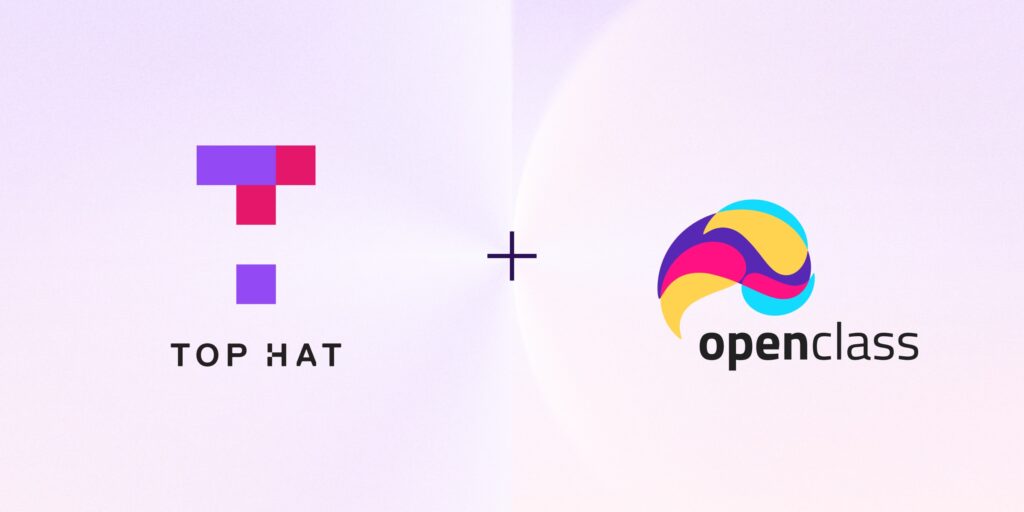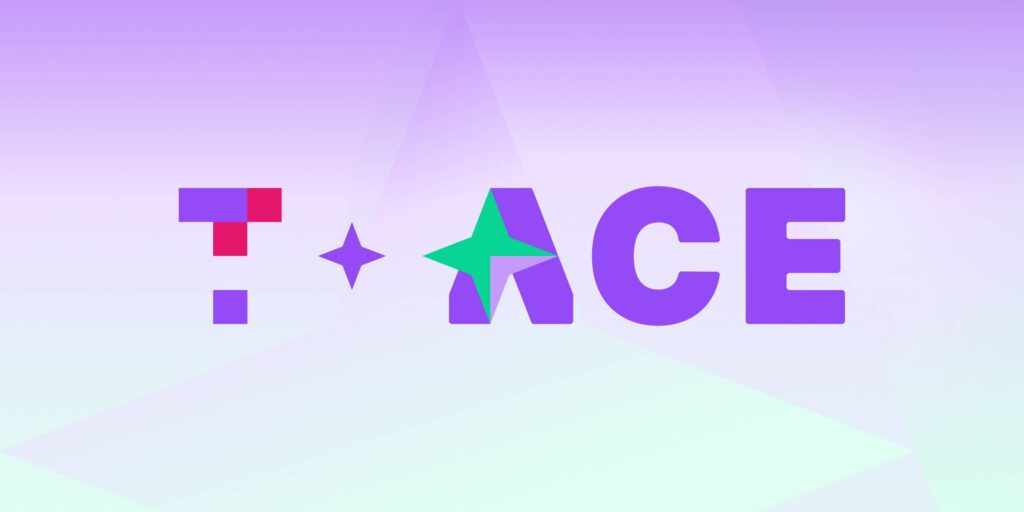Top Hat Engage 2020 has dozens of sessions, organized by three themes: Teaching with Insight, Teaching with Experience, and Teaching with Empathy. The ‘Teaching with Empathy’ track focuses on maintaining student-centered approaches to higher education.
Creating a sense of belonging matters in today’s classroom environments. Connecting with students and reflecting the diversity of backgrounds and lived experience within the lecture hall are the foundations for deeper, more meaningful and more relevant learning.
Are Today’s Institutions Ready for Generation Z?
College campuses are more diverse than they’ve ever been. Increasing racial, ethnic, and cultural diversity is the most obvious development. Diversity on today’s college campuses takes many other forms as well: It’s economic, political, religious and sexual. More students are arriving on campus with different life experiences and levels of academic preparation. At an individual level, this means confronting attitudes, behaviors and styles of self-presentation that are different than anything they may have experienced in the past. Faculty must therefore be well-prepared to manage this, particularly when controversial or politically-charged topics arise in their classrooms.
While the number of students from lower socioeconomic backgrounds has grown substantially in recent years, students from middle-income families also worry about college costs. In particular, they’re deeply concerned about the burden of student debt, and whether they’ll get a good job in a rapidly changing, highly competitive economy.
For this reason, curriculum design needs to better reflect these concerns. This means placing greater emphasis on helping students understand the connection between content and their own ambitions beyond school. Drawing parallels between knowledge and its application outside the classroom is vital as is making time to discuss career options and incorporating more “real-world” lessons and assessments into the learning experience.
The Goal of A College Education
As the cost of a college education skyrocket, the value of a college education is under increasing scrutiny. Many students are finding it difficult to justify and satisfy higher education’s financial demands.¹ Coupled with the rising cost of textbooks and course materials, more and more students are starting to consider higher education a luxury, rather than a necessity.²
This is ultimately a question of value—and the perception among today’s students is that the value of the education they are receiving might not justify the cost. It is therefore important for professors to understand what students are looking to gain from their college experience. Some attend as a way to expand their horizons and to learn from experts in a given field. Many more view the experience as a stepping stone to exciting and meaningful careers. Balancing these objectives is necessary in order for learning to be effective, relevant and engaging for students with different needs and aspirations.
Catering to Lifelong Learning
Adult learners and working professionals have come to make up a growing proportion of today’s student body. The challenge here is understanding and appreciating the need to balance responsibilities outside of academic demands. This also applies to the growing number of students who are working in order to fund their education. Some 45 percent of part-time students in the US work more than 35 hours a week; the figure is ten percent for full-time students.³
“Time poverty” has become a critical issue for many. The impact can be significant. Students with children are only ten percent as likely to complete a bachelor’s degree within five years than those without.⁴ A separate survey found that parents of preschool-aged children are roughly twice as likely to drop out of college. This rapidly diversifying student population illustrates the need for Teaching with Empathy and leveraging technology in order to make learning more flexible.
The reality is there is no longer a typical college student. Rather than trying to fit this widely differing population into an educational mold, higher education must be more adaptable, more cognizant of our differences and more engaging in order to meet the needs of today’s evolving student population.⁵
References
1) Alexander, Patricia A., & Singer, Lauren M. (2017, October 16). A New Study Shows that Students Learn Way More Effectively from Print Textbooks Than Screens. Business Insider. Retrieved from https://www.businessinsider.com/students-learning-education-print-textbooks-screens-study-2017-10
2) Trends in College Pricing 2018. (2018, October). Retrieved from https://research.collegeboard.org/pdf/trends-college-pricing-2018-full-report.pdf.
3) The Condition of Education. (2019, April). Retrieved from https://nces.ed.gov/pubs2019/2019144.pdf
4) National Science Foundation, & City University of New York Office of Institutional Research and Assessment. (n.d.). No Time for College? An Investigation of Time Poverty and Parenthood. Retrieved from https://www.tandfonline.com/doi/abs/10.1080/00221546.2018.1442983?journalCode=uhej20.
5) Reynolds, R. (2011). Trends Influencing the Growth of Digital Textbooks in US Higher Education. Publishing Research Quarterly, 27(2), 178–187. doi: 10.1007/s12109-011-9216-5


